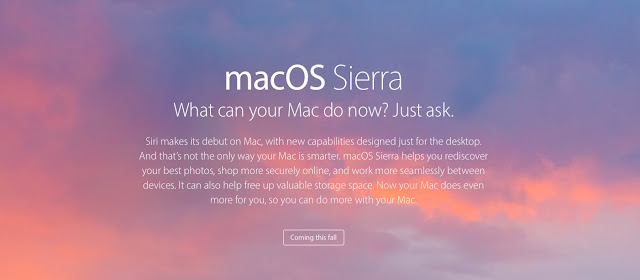
Mac OS High Sierra Download links via Torrent and Direct links available for all Mac OS High Sierra Supported Macs. If you have compatible Mac. you can download and install last version Mac OS .
Owners of Mac computers are accustomed to using the latest software from
Apple – unlike iOS desktop OS, as a rule, it works much more stable.
style=”display:block; text-align:center;”
data-ad-layout=”in-article”
data-ad-format=”fluid”
data-ad-client=”ca-pub-2387588721502781″
data-ad-slot=”5436020822″>
We know that Apple every year has good news for all who want to install most awaited new features and updates. Apple released a beta version of macOS 10.13, which is intended for Mac users. The release took place one and a half months after the testing began. This is the first update for the desktop platform, which has become one of the most popular among Apple computer owners.
macOS High Sierra Public Download (Direct + Torrent): Link
macOS High Sierra Download via Mac App Store:
1) Download developer profile (free)
2) Open terminal
sudo /System/Library/PrivateFrameworks/Seeding.framework/Versions/A/Resources/seedutil enroll DeveloperSeed
3) Paste command and give password
4) macappstores://itunes.apple.com/app/id1209167288 open this link in safari
5) Click Download
macOS High Sierra supported devices: Link
In fact, it’s still easier than with iOS 11. Follow this post – there you will find a torrent file that you need to download to your computer, and then run in any appropriate application.
style=”display:block; text-align:center;”
data-ad-layout=”in-article”
data-ad-format=”fluid”
data-ad-client=”ca-pub-2387588721502781″
data-ad-slot=”5436020822″>
After the operating system installation file is downloaded, start it, accept all necessary agreements and changes, and wait 30 minutes to one and half hours depending on the computer. Once the installation is complete, you will be able to use the macOS.
tag: Mac OS High Sierra Download links via Torrent and Direct links